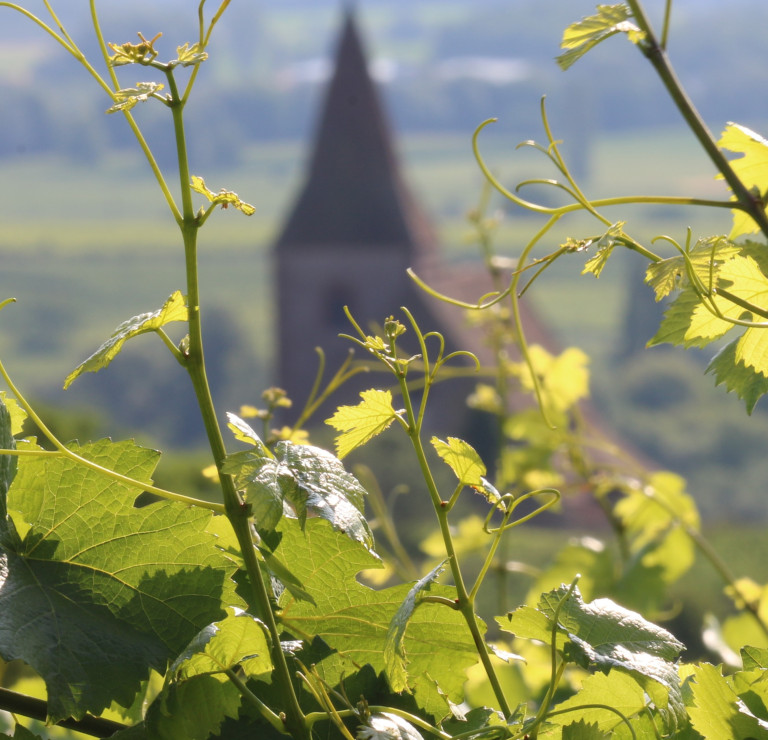
Technical presentation
| Bottling : | March 2015 |
|---|---|
| Acquired alcohol : | 13° |
| Residual sugar : | 11.5 g/l |
| Total acidity : | 4.1 g/l H2SO4 / (6.3 g/l Tartrique) |
| pH : | 3.1 |
| Yield : | 50 hl/ha |
| Optimum tasting : | 2016-2037+ |
| Average age of vines : | 38 years |
| Terroir : | Clos Windsbuhl |
| Sweetness index : | 2 |
| Soil : | Muschelkalk calcareous, South/South East facing |
Description of the wine Riesling Clos Windsbuhl 2012
Faithfull to its status of late ripening vineyard, the Clos Windsbuhl was the last harvested Riesling in 2012. The proximity of the forest, the higher altitude and cooler Muschelkalk soil explains why every important phenolic stage is about 2 weeks later than Turckheim. The 2012 harvest was mostly healthy but some noble rot was present on the grapes in a small quantity (less than 10%). It certainly explains for the very lazy fermentation of this wine. The very high acidity in this vintage also created a more difficult environment for the yeasts. As much as this kind of fermentation can be dangerous for grapes like Gewurztraminer or Pinot-Gris, it seems that Riesling has no problem at all.

Tasting notes
02/2014 : This wine is still a work in progress, and probably will not be bottled before September 2014 or later. The nose shows intense fermentation aromas, just like it was harvested a few weeks ago. However, it also clearly shows now super mineral intensity and purity, typical of the Windsbuhl vineyard. The palate tastes almost dry (11g/l RS left at the moment) but the yeasts still have some work to do. Great potential.

The Clos Windsbuhl of Hunawihr
The altitude of the vineyard coupled with Hunawihr’s tardy climate means that the Clos Windsbuhl is often one of the last of our vineyards to be harvested. This explains the aromatic quality of the Clos’ wines and the consistent balance of acidity, a guarantee of good ageing. Although often harvested late, the Windsbuhl grapes are only rarely botryitized, doubtless due to the altitude of the vineyard, but nevertheless often reach high levels of maturity.